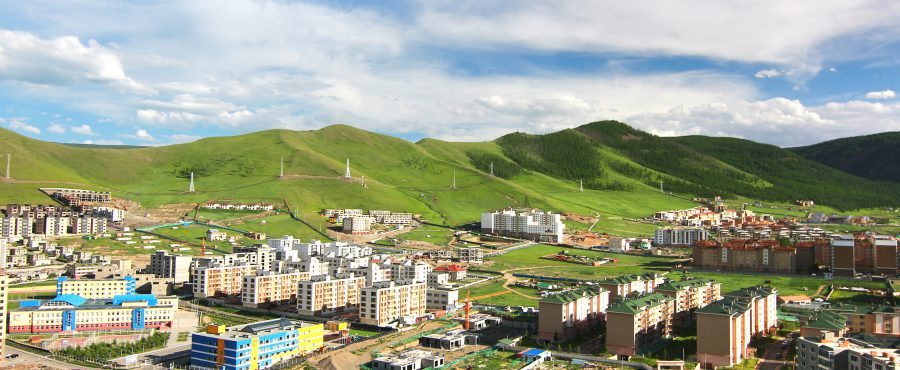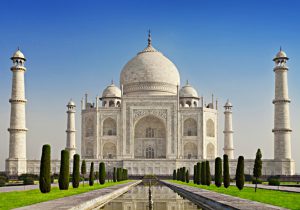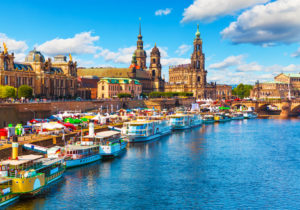
The motherland of Genghis Khan, despite numerous economic issues characteristic of post-Soviet economies, is now also fighting smog.
Mongolia is much bigger than Poland (1,566 million square kilometres versus Poland’s 312,679 square kilometres) with much smaller population (3 million people versus Poland’s approximately 37 million).
Energy mix – coal rulesI)https://eneken.ieej.or.jp/data/7391.pdf
According to the data of the Mongolian Ministry of Energy, the country’s main source of electricity is coal-based heating and power plants providing 89 per cent of Mongolia’s electricity. Other sources include water power plants (2 per cent), diesel power plants (4 per cent) and wind and sunlight (5 per cent of produced electricity).
The dominant role of co-generation is noticeable also when generating heat, 77.62 per cent of which comes from heating and power plants. Another 13.63 per cent is generated by heating plants and 8.75 per cent of heat energy is generated by local home boiler rooms.
Challenges
Major challenges now faced by Mongolia include:
- Growing import of energy resulting from insufficient production capacity.
- Lack of investments caused by the shortage of state funds and limited activity of foreign investors.
- Dropping efficiency of existing power installations stemming mainly from the age of those installations and limited investment funds.
- Growing environment pollution caused by obsolete technologies and demographic challenges.
Plans for the future
To address these challenges the government of Mongolia is investing both into renewable energy technologies and extension of coal-fired power plants. The plans provide that by 2023 the country will have accomplished various projects such as a power plant in Tavan Tolgoi, a heating and power plant in Baganuur, another heating and power plant in Ulaanbaatar and several regional power plants.
Also by 2030 the share of renewable energy sources in the energy mix is to increase up to 30 per cent, one third of which is to be generated by waterII)https://bankwatch.org/wp-content/uploads/2017/06/Mongolia-energy-sector-web.pdf. Mongolia has a big potential for solar energy production – an average amount of energy produced in this manner is estimated at 2.2 million terawatts a year.
In the case of water-generated energy, the potential amounts to 6.2 GW, particularly, in northern parts of the country. At the same time, as a steppe country, Mongolia has a great potential of producing electricity from wind, which translates into 2.5 thousand terawatt hours a year.
Smog mass migrations
One of the key elements of the energy picture of Mongolia is smog covering Ulaanbaatar due to the rapidly growing migration into the city. For the past 30 years as many as 600 thousand shepherds and nomads moved into the country’s capital and its largest urban centre, which in practice meant doubling the population without adequate investments into infrastructure.
Today’s smog norms set by WHO are exceeded 7 times in Mongolia. This is a consequence, first of all, of low-quality fuels burnt in the stoves which heat housing estates of newcomers – the fuel fired includes brown coal, tyres or old furniture.
| I. | ↑ | https://eneken.ieej.or.jp/data/7391.pdf |
| II. | ↑ | https://bankwatch.org/wp-content/uploads/2017/06/Mongolia-energy-sector-web.pdf |




